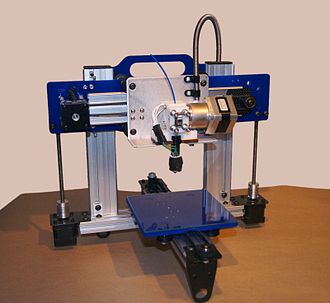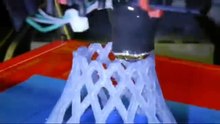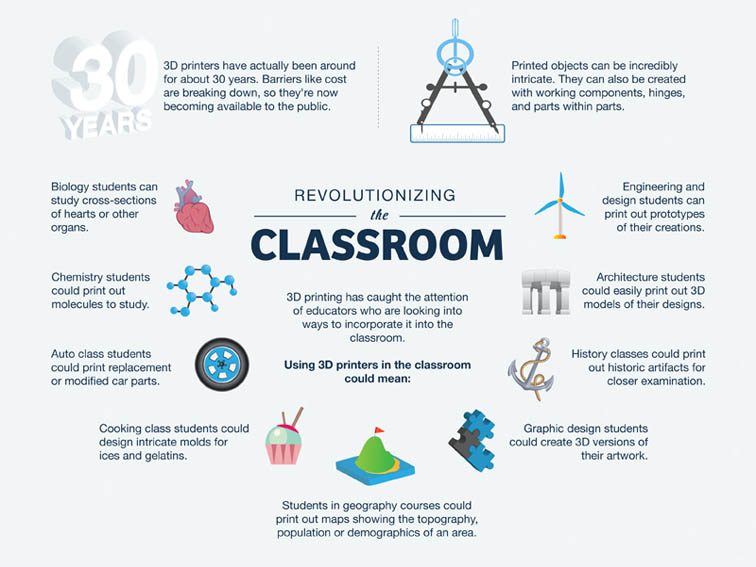In this article I’m going to guide you how to break windows 7 and windows 8 administrator password. You can also use this technique to break the password of windows 7 and windows 8 user account password.
What Are Windows 7 And Windows 8 ?
Windows 7 and windows 8 are the latest operating systems by Microsoft.To provide more user friendly environment between computer user and computer . These windows are very fast and provide good recovery option in case of windows fail. They also have self healing option. Almost every client end of computers has these windows. By the update option you can easily update the operating system .Windows 7 and 8 provide better graphic support in Pc gaming and have best options for file handling, managing data of drives and etc .
What are The Minimum Requirement For Installing Windows 7 and 8 ?
| Windows 7
- Processor: 1 gigahertz (GHz) or faster 32-bit (x86) or 64 bit (x64) processor
- RAM: 1 gigabyte (GB) RAM (32-bit) or 2 GB RAM (64-bit)
- Hard disk space: 16 GB available hard disk space (32-bit) or 20 GB (64-bit)
- Graphics card: Direct X 9 graphics device with WDDM 1.0 or higher driver
|
| Windows 8
- Processor: 1 gigahertz (GHz) or faster with support for PAE, NX, and SSE2
- RAM: 1 gigabyte (GB) (32-bit) or 2 GB (64-bit)
- Hard disk space: 16 GB (32-bit) or 20 GB (64-bit)
- Graphics card: Microsoft Direct X 9 graphics device with WDDM driver
|
How To Break The Administrator Password Of Windows 7 And Windows 8?
There are many software’s for breaking the administrator password. But in this article I will show you the best software’s for breaking the administrator password.
There are some simple steps though which you can easily break the windows
Administrator Password.
1 . First download the software (lazesoft recovery suite) . it is easily available on torrents.
2. Burn the CD/DVD of software (lazesoft recovery suite). you can use POWERISO for CD/DVD burning process.
3. Now insert the CD/DVD in CD/DVD ROM and restart your computer.
4. while Restarting rapidly Press F2 or delete button to access the BIOS set-up (In my case I’m using dell so I press F2 button to access the bios set-up. But some computer have different buttons to access the bios set-up depends on model.
ACER
Press delete or F2 key.
COMPAQ
Press F1, F2, F10 or delete key .
DELL
Press the F2 key.
GATEWAY
Press the F1 key.
HEWLETT-PACKARD
Press the F1 key.
IBM
Press the F1 key.
PACKARD BELL
Press the F1 , F2 or delete key.
SONY
Press the F1, F2 or F3 key.
TOSHIBA
Press the F1 or ESC key.
5. Now GOTO your boot settings , select the option (boot priority) and then set the option boot from CD ROM at first boot device (this means your computer will boot from CD ROM first when your restart your computer then from HDD According to the sequence you have set .) and press f10 and save the setting .
6. when your computer will restart and boot from CD ROM . you will see the option Lazesoft Live CD [EMS ENABLED].

Hit the enter button it will take 2 to 3 Min to load depends on your hardware. When the software completes its loading and shows the screen which have these options
- Windows Recovery.
- Data Recovery.
- Disk image & clone.
- Password Recovery.
Select (click) the option (Password Recovery)
7. On next screen select the option (Reset Windows Password) then press NEXT option from bottom.
8. On next screen simply press Next from the bottom.
9. Now on next screen it will show your computer administrator and user accounts. Select the Administrator and click on next.
10. Now at the last screen click on the optionRESET/UNLOCK it will show you the message
(Reset password successful) click ok .
11. Click on finish and reboot the computer.
12. Remove the LAZESOFT CD from CD/ROM .
13. Again open your bios set-up GOTO =>boot option => set the HDD first at boot priority.(now your computer will boot from HDD(hard disk ) when you restart your computer). And press f10 to save the settings.
After the restart at windows welcome screen you will see the password of administrator account has been removed.
So friends this is very easy way to remove the windows administrator password. You can also use this method to break the user account password.


















